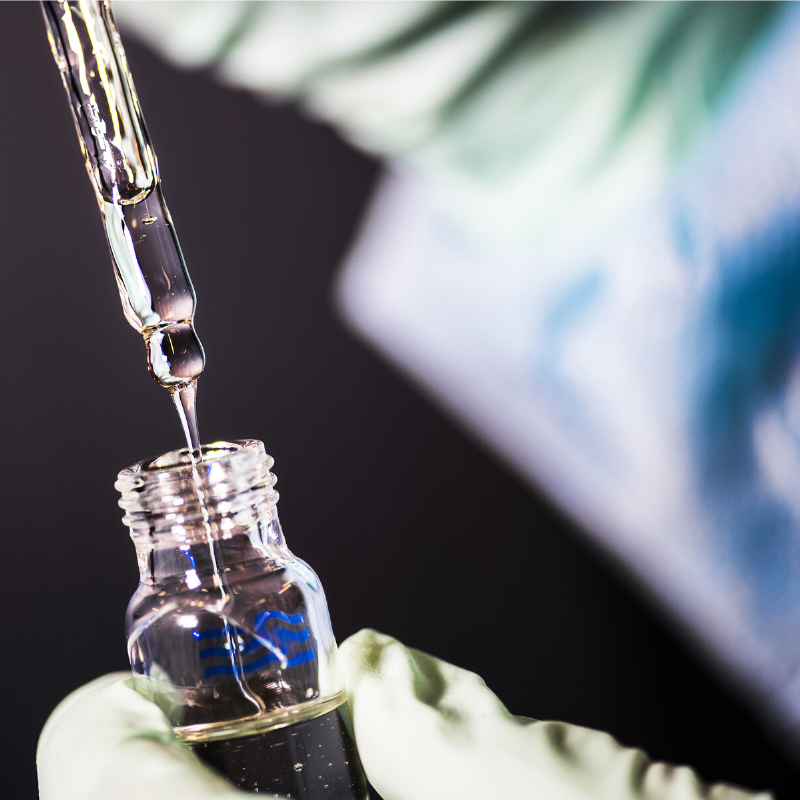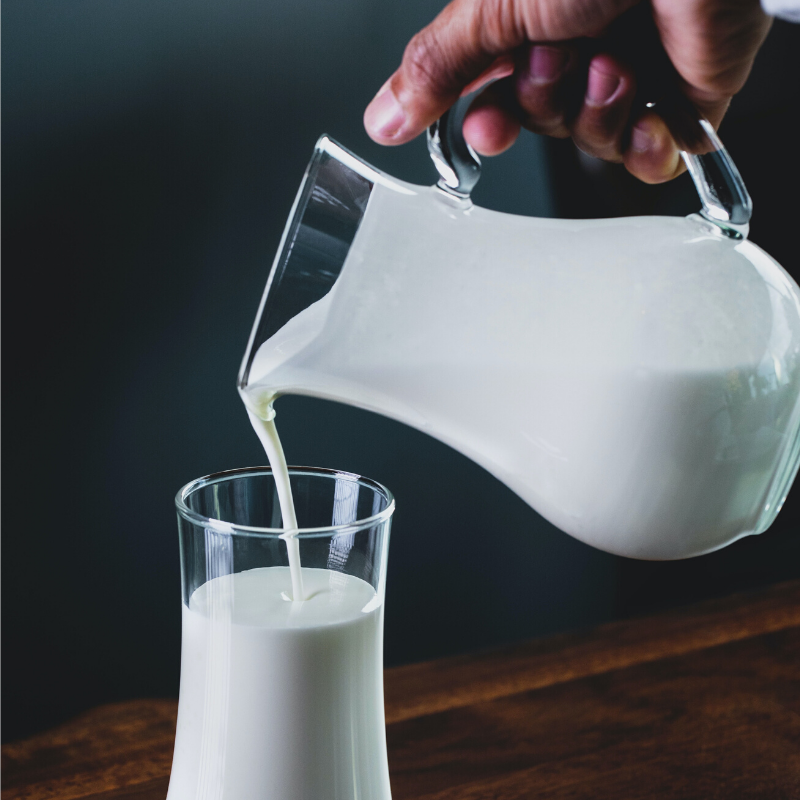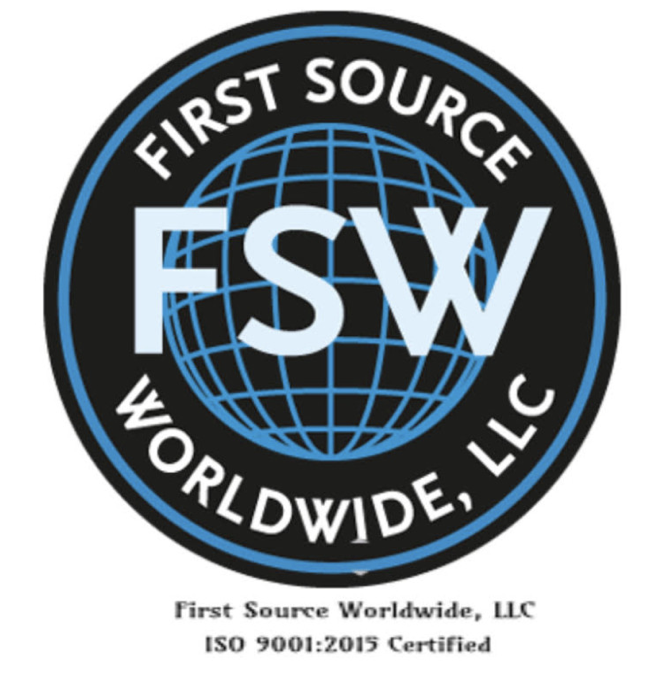The Importance of Mixing Industrial Chemicals Before Use
There are three common forms of industrial fluid/liquid products:
- Solutions
- Dispersions
- Emulsions
Solutions
Solutions are liquids with dissolved liquids or solids. They break into three smaller categories: saltwater, caustic, and whiskey.
Saltwater is a true solution made from dissolving a solid in water. Salt and sugar are both soluble in water up to their saturation level. This is clear in both the ocean with salt and sweet tea with sugar. Caustic is Sodium Hydroxide dissolved in water (still a salt). Whiskey is ethanol (a liquid) in water. For example, 80 proof whiskey is 40% ethanol.
While solutions do not require mixing before use, it is beneficial due to gravity similarly to dispersions.

Dispersions
Dispersions are insoluble solids dispersed in water; think house paint. These are aided by surface active agents (surfactants) called dispersants, that surround each particle preventing the particles from touching and collecting together where they could become large enough that they would settle out of the liquid by gravity pulling them to the bottom of the container. Gravity will affect dispersions by pulling the dense particles in preference to the less dense water and will result in greater solids content at the bottom of the drum than at the top of the drum. Stirring will be required to render the drum homogeneous (same at the top as at the bottom).

Emulsions
Emulsions are insoluble liquids dispersed in another liquid. Think milk (fat in water). Emulsions are made using a group of surfactants that we term emulsifiers. These molecules have two functional ends to them. One end is soluble in the fat, and one end is soluble in the water. This is how soap works. One end dissolves in the motor oil on your hands, then the other end dissolves in the water from the tap to wash the oil away. Gravity will act on emulsions too. It will act differently on the fat portion of the emulsion which has a lower density, than it acts on the water. This difference in density is why oil floats on water. The emulsifiers attempt to keep the two species, oil and water, combined, but can only do so much. Milk is homogenized to help prevent separation. Unhomogenized milk will yield cream on top from which butter is made. Stirring will be required for emulsions.

Separation over time due to gravity can have varying results. It can be total, think sand in water, or partial, think of this as the smaller particles of sand (silt) stay suspended in the water creating the appearance of dirty water above the deposited sand at the bottom.
If one takes a sample of a partially separated dispersion or emulsion, one gets a portion of the total drum that is either lower in active ingredient or higher in active ingredient depending if one takes the sample from the top or the bottom. Think of a sample taken by a dipper from the top, or a collected sample from the bottom spout of a tote. If one continues to do this, even stirring cannot return the whole drum to have the designed percent solids as you purchased, because either solids have been removed (in the case of the sample taken from the bottom) or water has been removed (as in the case of a sample taken with a dipper from the top).
These are the reasons that all industrial chemical liquid products should be stirred before use.
For more information or if you have any questions or concerns, please contact us at First Source Worldwide LLC.



